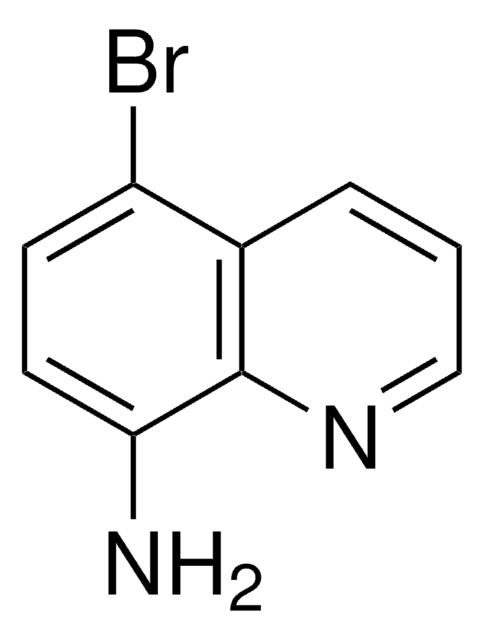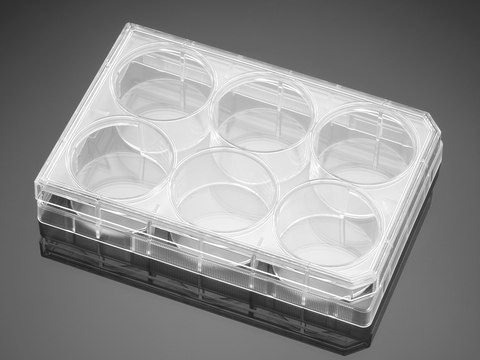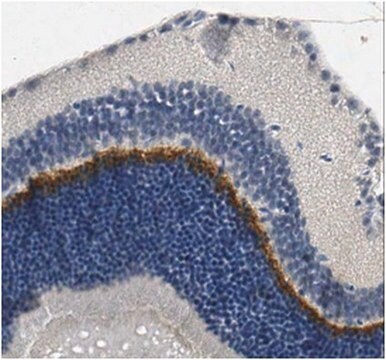fR2
98031102, human breast, Epithelial, cuboidal
Se connecterpour consulter vos tarifs contractuels et ceux de votre entreprise/organisme
About This Item
Code UNSPSC :
41106514
Produits recommandés
product name
fR2, 98031102
Source biologique
human breast
Mode de croissance
Adherent
Caryotype
Aneuploid
Morphologie
Epithelial, cuboidal
Conditions d'expédition
dry ice
Température de stockage
−196°C
Description générale
For complete product information, please see fR2
Origine de la lignée cellulaire
Human breast epithelial, SV40 transformed
Description de la lignée cellulaire
The SV40 transformed breast epithelial cell line fR2 was obtained in 1982 by infecting suspensions of primary milk cultures with wild-type SV40. The cells have been shown to express Muc-1, also known as HMFG-1 antigen, which is a mucin-like component of human milk fat globule membranes. They are positive for keratin 8 and 18, but negative for keratins 4, 6, 7, 10, 13, 14, 16, 17 and 19. Although fR2 is morphologically different from fR5 (Sigma Catalogue no. 98031103), they have probably been derived from a common precursor cell since the karyotypes are similar. Karyotype analysis revealed hypotetraploidy and several rearrangements involving chromosome 1 and 11 which are frequently found in breast carcinomas and lines derived from metastatic pleural effusions. fR2 cells display anchorage independent growth in soft agar and are positive for SV40 T-antigen. Early passages were non-tumorigenic in nude mice.
Application
Study of human mammary epithelial cells
Profil d'ADN
STR-PCR Data: Amelogenin: X
CSF1PO: 12,13
D13S317: 12
D16S539: 11,13
D5S818: 12,13
D7S820: 8,12
THO1: 9.3
TPOX: 8
vWA: 20
CSF1PO: 12,13
D13S317: 12
D16S539: 11,13
D5S818: 12,13
D7S820: 8,12
THO1: 9.3
TPOX: 8
vWA: 20
Milieu de culture
RPMI 1640 + 2mM Glutamine + 10μg/ml insulin + 5μg/ml hydrocortisone + 10% FBS
Procédure de repiquage
Split sub-confluent cultures (70-80%) 1:10 i.e. seeding 1 x 10,000 cells / cm2 using 0.25% trypsin or trypsin/EDTA; 5% CO2; 37°C
Autres remarques
Additional freight & handling charges may be applicable for Asia-Pacific shipments. Please check with your local Customer Service representative for more information.
Certificats d'analyse (COA)
Recherchez un Certificats d'analyse (COA) en saisissant le numéro de lot du produit. Les numéros de lot figurent sur l'étiquette du produit après les mots "Lot" ou "Batch".
Déjà en possession de ce produit ?
Retrouvez la documentation relative aux produits que vous avez récemment achetés dans la Bibliothèque de documents.
Notre équipe de scientifiques dispose d'une expérience dans tous les secteurs de la recherche, notamment en sciences de la vie, science des matériaux, synthèse chimique, chromatographie, analyse et dans de nombreux autres domaines..
Contacter notre Service technique








